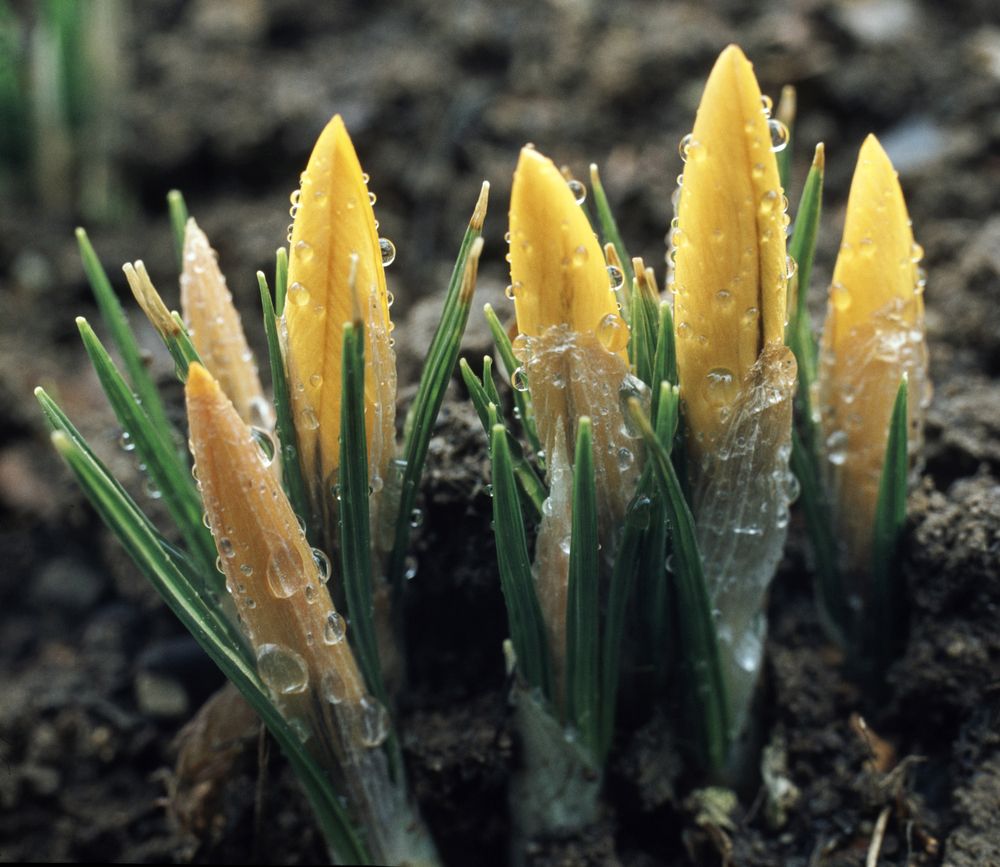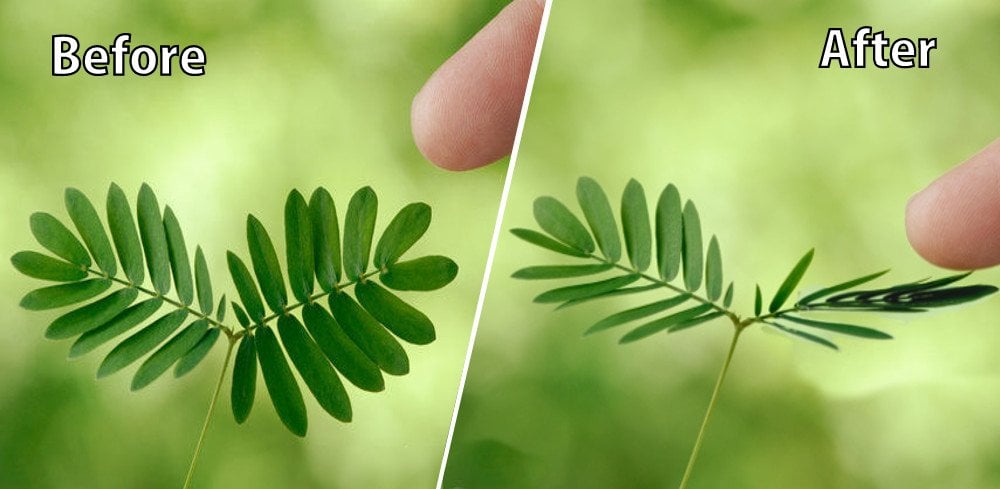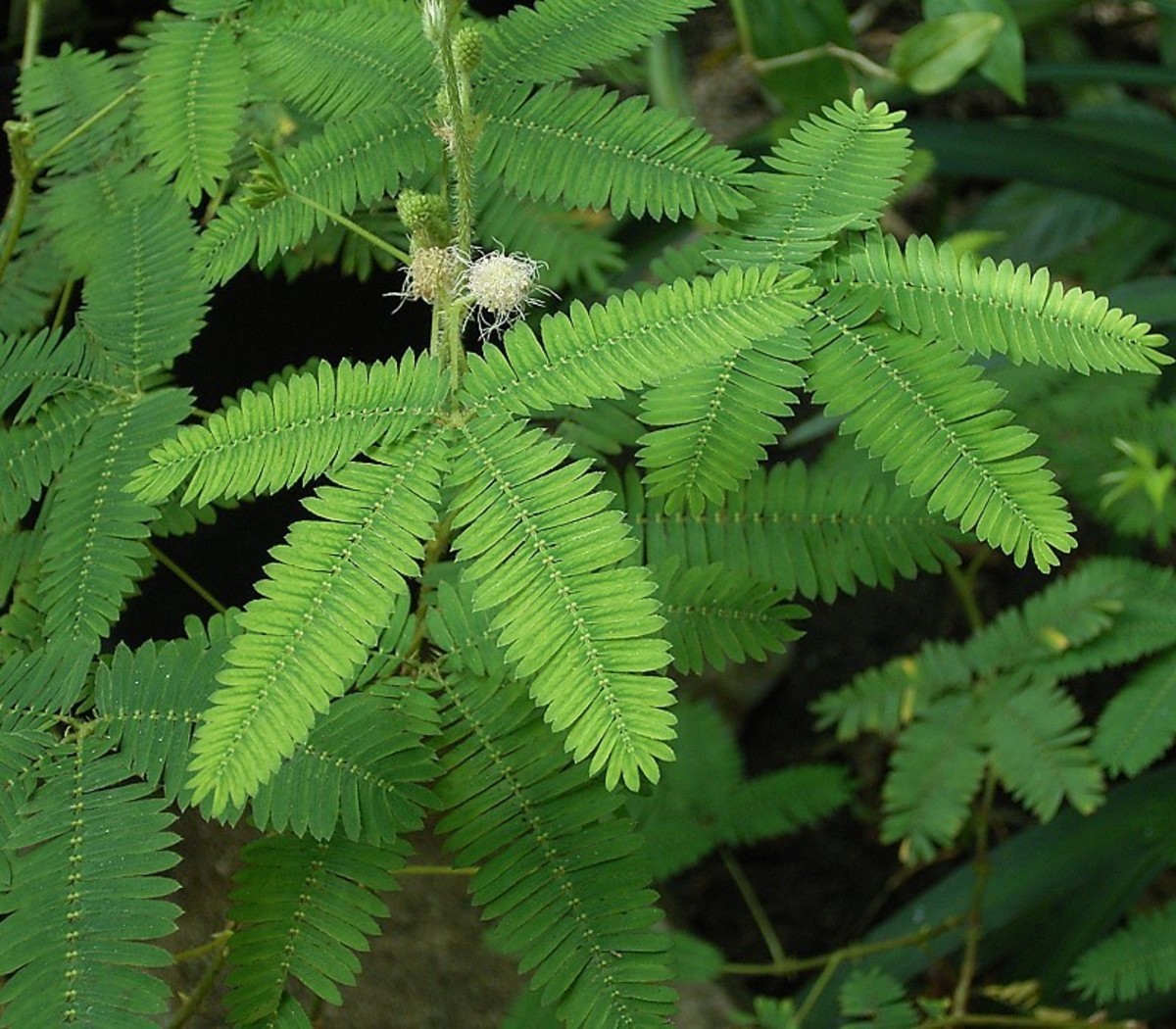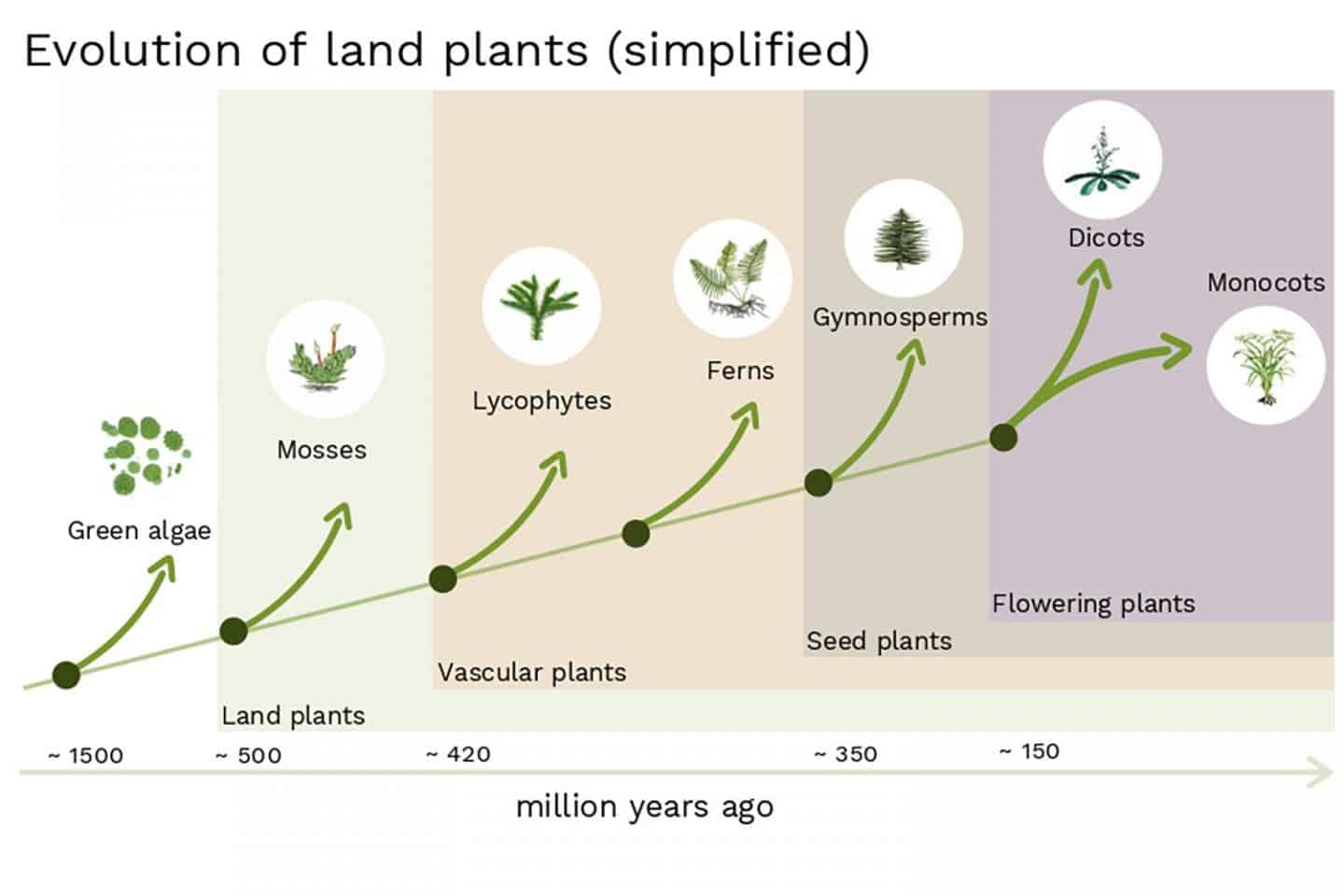The Fascinating World of Nyctropism
In the plant kingdom, there exists a remarkable phenomenon where certain species have the ability to open and close their leaves or petals in response to light and darkness. This unique adaptation, known as nyctropism, allows plants that open and close to optimize their growth and survival in various environments. By responding to the diel rhythm, the 24-hour cycle of day and night, these plants can maximize their photosynthetic activity during the day and conserve energy at night. This remarkable ability enables them to thrive in diverse ecosystems, from tropical rainforests to arid deserts. As a result, plants that open and close have evolved to become highly adaptable and resilient, making them a fascinating subject of study in the world of botany.
How to Care for Plants that Open and Close
When it comes to caring for plants that open and close, it’s essential to understand their unique needs and requirements. These plants have evolved to respond to light and darkness, and as such, they require specific conditions to thrive. Here are some tips and guidelines to help you care for your plants that open and close:
Light Requirements: Plants that open and close typically require bright, indirect light during the day. Placing them near an east- or west-facing window is ideal. However, be sure to avoid direct sunlight, which can cause scorching and damage to the leaves.
Watering Schedules: Overwatering can be detrimental to plants that open and close. Water them only when the soil feels dry to the touch, and avoid getting water on the leaves to prevent fungal diseases.
Temperature Control: Most plants that open and close prefer temperatures between 65°F to 75°F (18°C to 24°C). Avoid placing them near heating or cooling vents, fireplaces, or drafty windows.
By following these guidelines, you can create an optimal environment for your plants that open and close to thrive. With proper care and attention, these remarkable plants will continue to fascinate and delight you with their unique ability to adapt to their surroundings.
The Science Behind Plant Movement
Plants that open and close their leaves or petals in response to light and darkness have fascinated scientists and botanists for centuries. But what drives this remarkable ability? The answer lies in the complex interplay of photoreceptors, hormones, and cellular responses that enable plants to adapt to their environment.
Photoreceptors, such as cryptochromes and phytochromes, are specialized proteins that detect light and darkness, triggering a cascade of cellular responses. These responses involve the production of hormones, such as auxins and gibberellins, which regulate cell growth and differentiation. In plants that open and close, these hormones play a crucial role in controlling the movement of leaves and petals.
At the cellular level, the movement of plants that open and close is driven by changes in turgor pressure, the pressure exerted by water within plant cells. When light is present, photoreceptors trigger an increase in turgor pressure, causing cells to expand and leaves to open. Conversely, in the absence of light, turgor pressure decreases, and leaves close. This intricate mechanism allows plants to optimize their photosynthetic activity during the day and conserve energy at night.
Understanding the science behind plant movement has significant implications for agriculture, horticulture, and environmental science. By harnessing the power of nyctropism, scientists can develop more efficient and sustainable crop production methods, as well as create innovative solutions for environmental challenges.
Top 5 Plants that Open and Close Their Leaves
Plants that open and close their leaves or petals in response to light and darkness are a fascinating group, and there are many examples of these remarkable plants. Here are five examples of plants that exhibit nyctropism, along with brief descriptions and care requirements for each:
1. Prayer Plant (Maranta leuconeura): This popular houseplant is known for its beautiful, unique foliage that folds up at night. Prayer Plants prefer bright, indirect light and consistent watering. They thrive in temperatures between 65°F to 75°F (18°C to 24°C).
2. Sensitive Plant (Mimosa pudica): Also known as the “shy plant,” the Sensitive Plant is a tropical species that closes its leaves when touched or disturbed. It requires full sun to partial shade and well-draining soil. Water sparingly, as it is susceptible to root rot.
3. Touch-Me-Not (Mimosa sensitiva): Similar to the Sensitive Plant, the Touch-Me-Not closes its leaves when touched or vibrated. It prefers full sun to partial shade and moist, well-draining soil. Water regularly, but avoid overwatering.
4. Daisies (Bellis perennis): While not as dramatic as some other plants that open and close, daisies are a classic example of nyctropism. They require full sun to partial shade and consistent watering. Deadhead flowers regularly to encourage blooming.
5. Oxalis (Oxalis triangularis): This delicate, clover-like plant is known for its intricate, triangular leaves that fold up at night. Oxalis prefers partial shade to full sun and consistent watering. It thrives in temperatures between 60°F to 70°F (15°C to 21°C).
These plants that open and close their leaves are just a few examples of the many fascinating species that exhibit nyctropism. By understanding their unique needs and requirements, you can create an optimal environment for these remarkable plants to thrive.
The Benefits of Nyctropism in Plant Growth
Nyctropism, the ability of plants to open and close their leaves or petals in response to light and darkness, offers several advantages that enhance plant growth and survival. By adapting to their environment, plants that open and close can optimize their photosynthetic activity, conserve water, and respond to environmental changes.
One of the primary benefits of nyctropism is increased photosynthesis. During the day, plants that open and close their leaves can maximize their exposure to light, allowing for more efficient photosynthesis. This, in turn, enables them to produce more energy and support healthy growth. In contrast, at night, they can conserve energy by closing their leaves and reducing transpiration.
Another significant advantage of nyctropism is reduced water loss. By closing their leaves at night, plants can minimize transpiration and conserve water. This is particularly important in arid or drought-prone environments, where water is scarce. By adapting to their environment, plants that open and close can thrive in conditions that would be challenging for other species.
Nyctropism also enhances adaptability to environmental changes. Plants that open and close can respond to changes in light intensity, temperature, and humidity, allowing them to thrive in a wide range of environments. This adaptability is crucial in an ever-changing world, where plants must be able to respond to shifting environmental conditions to survive.
In addition to these benefits, nyctropism also plays a critical role in plant defense mechanisms. By closing their leaves in response to darkness or touch, plants can protect themselves from herbivores and pathogens. This unique adaptation enables them to defend themselves against potential threats, ensuring their survival and growth.
In conclusion, the benefits of nyctropism in plant growth are undeniable. By optimizing photosynthesis, conserving water, and adapting to environmental changes, plants that open and close their leaves or petals can thrive in a wide range of environments. As we continue to explore the fascinating world of plants that open and close, we can gain a deeper appreciation for the intricate mechanisms that enable them to survive and flourish.
Plants that Open and Close in Response to Touch
Beyond nyctropism, some plants have evolved to respond to touch or vibrations, a phenomenon known as thigmonasty. This unique adaptation allows plants to react to their environment in a more nuanced way, often as a defense mechanism or to optimize their growth.
One of the most iconic examples of thigmonasty is the Venus Flytrap (Dionaea muscipula). This carnivorous plant has modified leaves that can snap shut in just 0.1 seconds to capture unsuspecting insects. The trigger hairs on the leaves are sensitive to touch, and when stimulated, they trigger a rapid closure of the leaves to trap prey.
Another example of thigmonasty is the Sensitive Plant (Mimosa pudica). As mentioned earlier, this plant is known for its compound leaves that fold up when touched or disturbed. This response is thought to be a defense mechanism to protect the plant from herbivores or other potential threats.
Other plants that exhibit thigmonasty include the Prayer Plant (Maranta leuconeura) and the Touch-Me-Not (Mimosa sensitiva). These plants have evolved to respond to touch or vibrations in unique ways, often as a way to optimize their growth or defend against predators.
The ability of plants to open and close in response to touch or vibrations is a fascinating aspect of their behavior. By understanding these adaptations, we can gain a deeper appreciation for the intricate mechanisms that govern plant growth and development. Whether it’s nyctropism or thigmonasty, plants that open and close are truly marvels of nature.
The Evolutionary Significance of Nyctropism
Nyctropism, the ability of plants to open and close their leaves or petals in response to light and darkness, has played a crucial role in the evolution of plant species. This adaptation has enabled plants to thrive in a wide range of environments, from the brightest deserts to the darkest forests.
Through natural selection, plants that exhibit nyctropism have been able to adapt to their environment in ways that enhance their survival and growth. For example, plants that open their leaves during the day to maximize photosynthesis have a selective advantage over those that remain closed. Similarly, plants that close their leaves at night to conserve water and energy have a greater chance of survival in arid environments.
The evolutionary significance of nyctropism is also evident in the diversity of plant species that exhibit this adaptation. From the Prayer Plant to the Sensitive Plant, each species has evolved unique mechanisms to open and close their leaves in response to light and darkness. This diversity is a testament to the power of natural selection in shaping the evolution of plant species.
In addition, nyctropism has also played a key role in the development of plant defense mechanisms. By closing their leaves in response to darkness or touch, plants can protect themselves from herbivores and pathogens. This adaptation has enabled plants to thrive in environments where predators and diseases are prevalent.
In conclusion, the evolutionary significance of nyctropism cannot be overstated. This adaptation has enabled plants to thrive in a wide range of environments, and has played a crucial role in the development of plant defense mechanisms. As we continue to explore the fascinating world of plants that open and close, we can gain a deeper appreciation for the intricate mechanisms that govern plant growth and development.
Conclusion: Unveiling the Secrets of Plants that Open and Close
In conclusion, the fascinating world of plants that open and close is a testament to the incredible diversity and adaptability of the plant kingdom. From the intricate mechanisms of nyctropism to the remarkable abilities of thigmonasty, these plants have evolved unique strategies to thrive in a wide range of environments.
By exploring the science behind plant movement, the benefits of nyctropism, and the evolutionary significance of this adaptation, we can gain a deeper appreciation for the intricate mechanisms that govern plant growth and development. Whether you’re a seasoned botanist or a curious nature enthusiast, the world of plants that open and close is sure to captivate and inspire.
As we continue to uncover the secrets of these remarkable plants, we are reminded of the importance of preserving and protecting our natural world. By learning more about plants that open and close, we can gain a greater understanding of the delicate balance of our ecosystem and the importance of conservation efforts.
So, take a moment to appreciate the wonders of plants that open and close. Observe their intricate movements, marvel at their adaptability, and cherish the beauty of these natural wonders. For in the world of plants that open and close, we find a reflection of the incredible diversity and complexity of life on Earth.









